It feels like Christmas in August when we wake up, and now, we live in the era of flights beyond the visual range of the drone operator, or BVLOS operations, as we like to call them.
But are we there yet? Nope. We still must read the 731 pages of the Notice of Proposed Rulemaking, use artificial intelligence (AI) to condense it for us, and make comments to the Federal Aviation Administration (FAA) within the 60 days allocated for public commenting in the Federal Register.
No doubt there will be hundreds, if not thousands, of recommendations, comments, opinions, and complaints about the much-anticipated NPRM. Still, the fact remains that the executive order (EO), which created the urgency to publish it, also established a period of 240 days for a final rule.
There will certainly be dozens of great articles about the details of the new ruling - I particularly recommend the piece by Matt Collins published a few hours after the release of the new ruling - but what I want to do today is analyze the implications for pilots, operators, and the issue of accountability.
Those 240 days began counting on the day of the publication of the EO on June 6, 2025. In other words, the final rule should be published in the Federal Register by the end of February 2026. If we take the 60-day comment period, that will leave the FAA just four months, or 120 days, to analyze the avalanche of comments and recommendations within the deadline.
Let’s be realistic; that’s very unlikely to happen at the specified time. Even if there’s a delay of a few weeks or a month or two, though, a final rule on Part 108 is almost guaranteed by the first half of 2026.
This is great news!
It will mark the beginning of a new era of innovation and progress in an industry that has been waiting for this “freedom to fly” for years. But what are the real consequences of simply allowing drones to fly farther?
The release of the NPRM for Part 108 marks a dramatic shift in one aspect of the current regulatory environment, and that is related to the pilot’s license or airman’s certificate. The proposed new ruling introduces a significant shift in how airman certification is handled for BVLOS drone operations.
The new rule shifts from Individual Certification to Organizational Accountability. In other words, under Part 108, the FAA transitions away from certifying individual remote pilots in the traditional sense and instead assigns the primary responsibility to the Operator (company) for ensuring that the personnel involved in every mission are qualified.
Another key proposal is that the role of Remote Pilot in Command (RPIC) is replaced or supplemented by a “Flight Coordinator” who oversees autonomous operations, but is not required to hold an IFR rating. For those of us with a history in traditional aviation, this is a major shift in attitude and, in my opinion, the most important implication of the proposed ruling.
Why? Because the NPRM seems to imply that this Part 108 era will be heavily automated, and the role of the pilot will not be as significant.
If we think about the implications of such a dramatic shift, the FAA might be right. There is no way we can add thousands of small drones to the already congested National Airspace System (NAS) without help from automation, AI, and UTM systems that can make decisions on the spot without human intervention.

It is clear that, initially, drones will have to yield the right of way to any passenger aircraft. For that, there will be algorithms that would constantly analyze heading, altitude, and speed, and will, in real-time, make predictions about possible close calls, taking appropriate action that would almost invariably involve the drone descending or changing course.
In such a scenario, a pilot will only delay the decision, and that will not work with thousands of rapidly moving objects on a screen. While the FAA won’t issue traditional airman certificates for BVLOS under Part 108, it will review and approve operator-submitted training programs. Simultaneously, it will require documentation of personnel roles and qualifications, and will retain authority to suspend or revoke operator privileges if personnel fail to meet safety standards.
Very similar to today’s crewed aviation Safety Management Systems (SMS), companies are required by the proposed ruling to implement internal training and qualification programs, subject to FAA oversight, especially for operations requiring a Part 108 certificate. This will undoubtedly increase safety and will hopefully create a culture of accountability in the emerging industry.
Two Pathways: Permit vs. Certificate
The proposed Part 108 introduces two operational approval mechanisms, each with different implications for personnel:
1. Operating Permit. For lower-risk operations. Personnel must meet basic training standards, but no formal FAA-issued airman certificate will be required.
2. Operating Certificate. For higher-risk operations. Requires comprehensive training programs, SMSs, and documented personnel qualifications. The FAA reserves the right to audit these programs and approve or request a revision and improvement.
Training Standards and Oversight
Operators must ensure that every person involved in BVLOS operations:
- Is trained in detect-and-avoid systems, networked data exchange, and right-of-way rules.
- Understands airspace classifications, crew coordination, and emergency procedures.
- Participates in recurrent training and performance evaluations, especially for operations in higher-density areas.
All this training and oversight seems to be pointing at one thing: Automation! And that seems to be the philosophy behind the new proposed ruling.
Safety and Integration with Crewed Aviation
The final goal of this proposed ruling, and the only thing that really matters, is how to safely integrate drones and AAM (Advanced Air Mobility) into the NAS. The 731-page document indicates that to do that, personnel must be trained to:
- Yield right-of-way to manned aircraft.
- Monitor and respond to alerts from automated data service providers (ADSPs).
- Coordinate with air traffic control when operating in controlled airspace.
My main concern today, three days after the proposed rule's publication, is that the philosophy behind the new BVLOS rule seems to follow the path of self-regulation. We are removing barriers, diminishing the importance of the role of PIC, and assigning responsibility to “organizations” as opposed to “people.” This has been tried before, especially in the banking and investor sectors, with disastrous results - remember 2008? - and countless bankruptcies, both organizational and personal.
Trying self-regulation in aviation is a risky business that, this time, will be measured in lives lost, not dollars. It makes sense for an administration that removes regulation from banks and investment companies to try to do the same with aircraft, airlines, and drone operators, but it is a risky bet.
Only time will tell, but all we can do is to perform our parts and be responsible actors in this new BVLOS play.

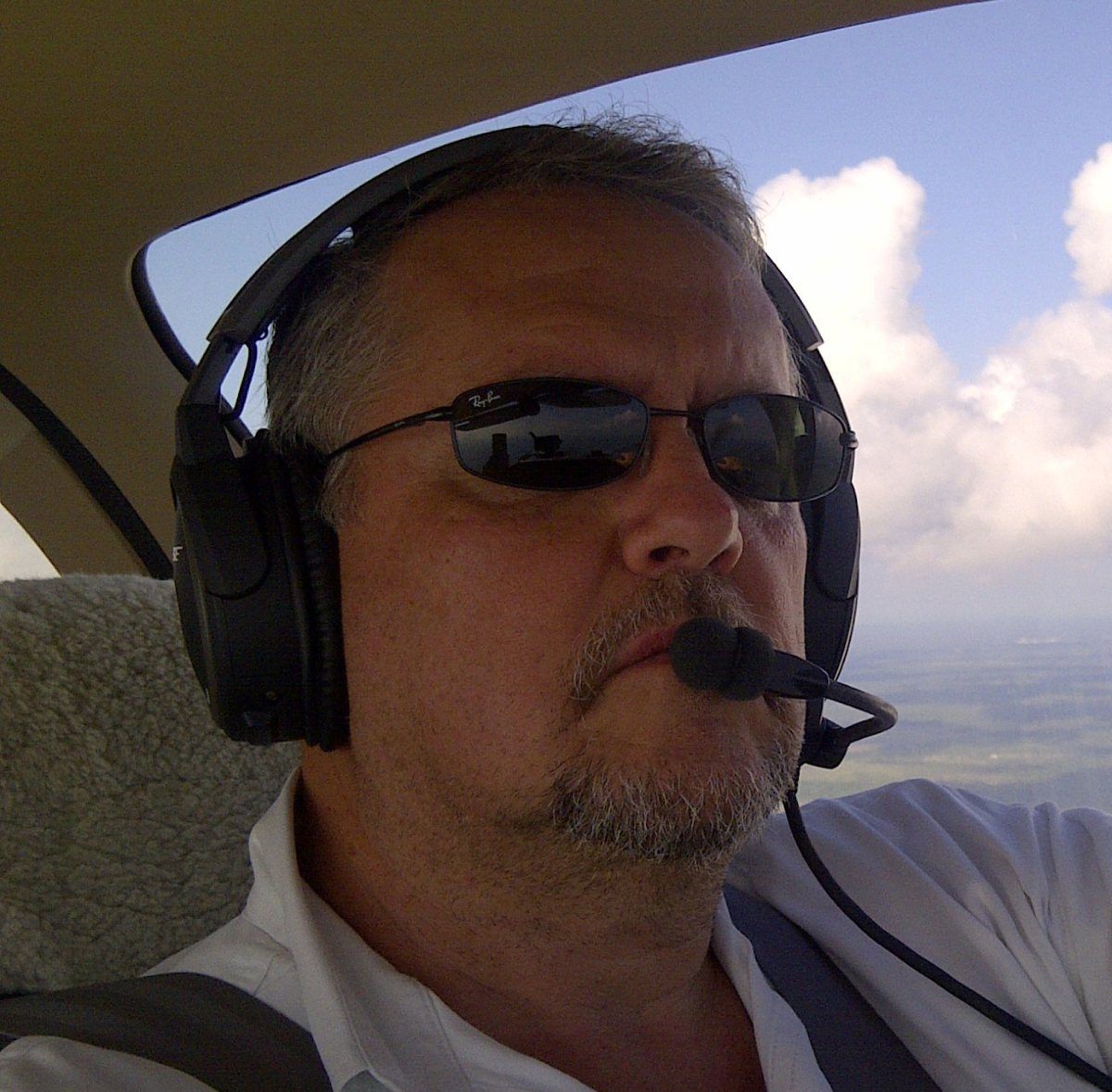
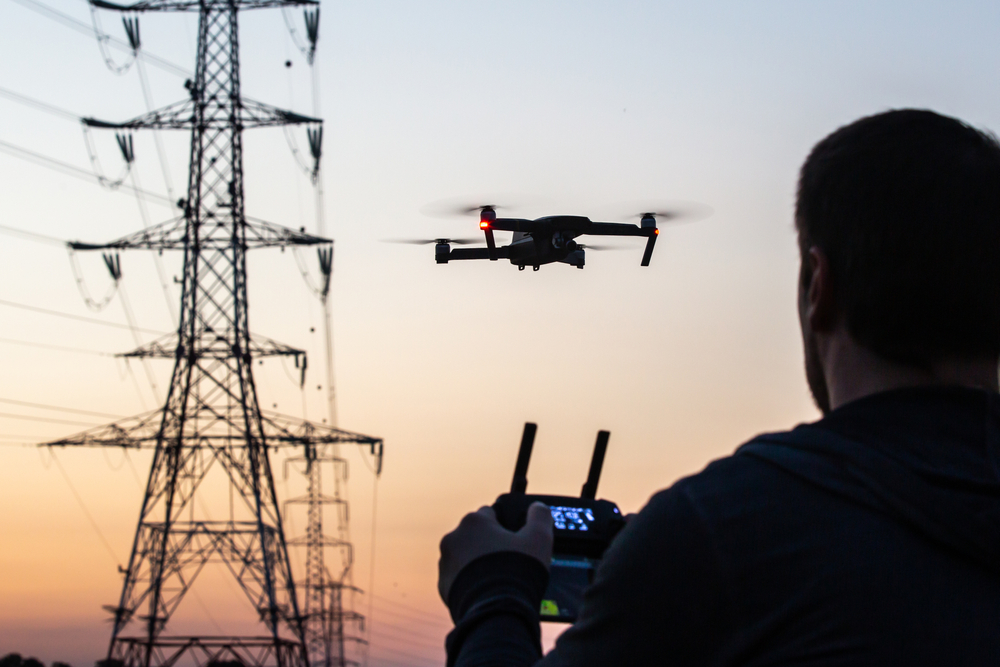

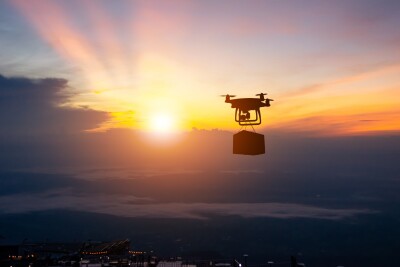
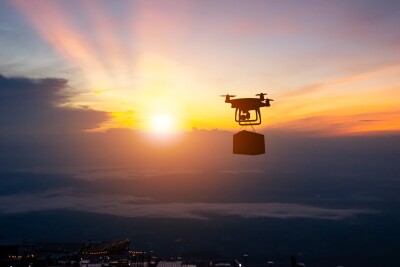






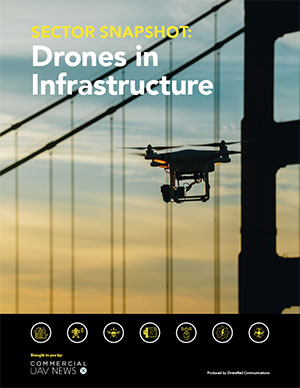
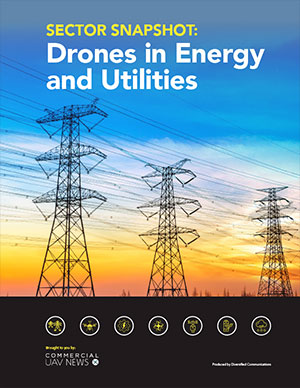

Comments